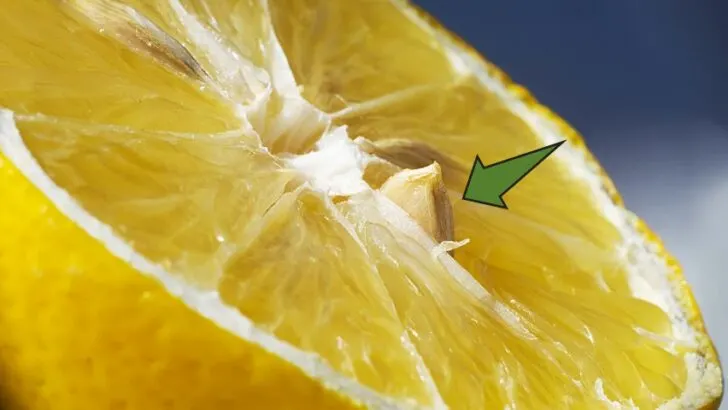How to germinate lemon seeds. Lemon trees such as the Meyer lemon tree are easy to grow. They are attractive citrus trees and produce lemon fruits after a few years of planting.
Table of Contents
How to Germinate Lemon Seeds
To germinate lemon seeds, you’ll start by gathering your materials. Then pick your seeds. Soak them in water overnight. Remove the gel coating from the seed. You can also remove the brown seed cover. Allow them to germinate in a small pot or a paper towel.
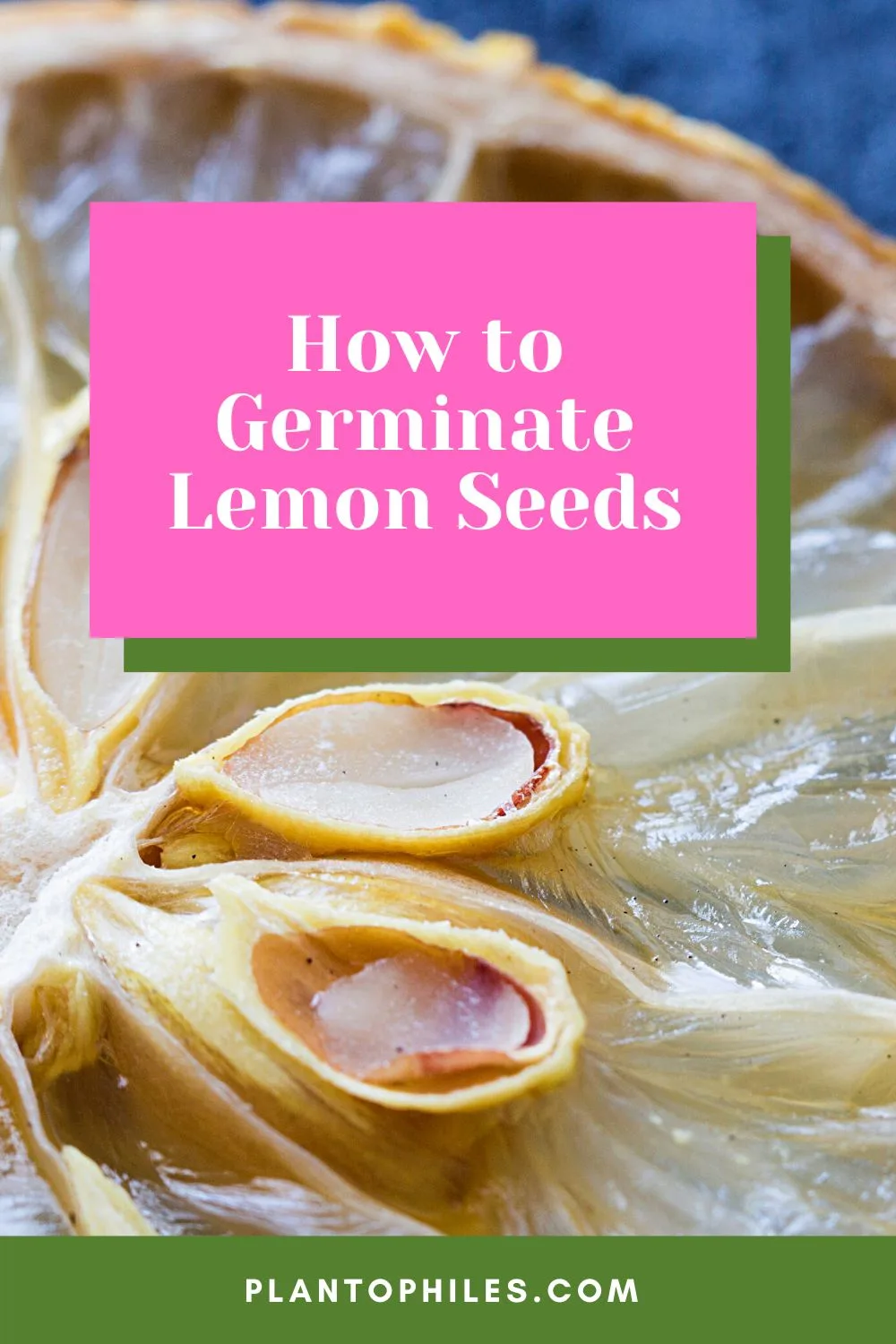
Grow a Lemon Tree From Seed
1. Gather Your Materials
Of course, you’ll need lemons or lemon seeds to grow a lemon tree.
All you need is a Ziploc bag and a damp paper towel if you’ll use a paper towel for the task.
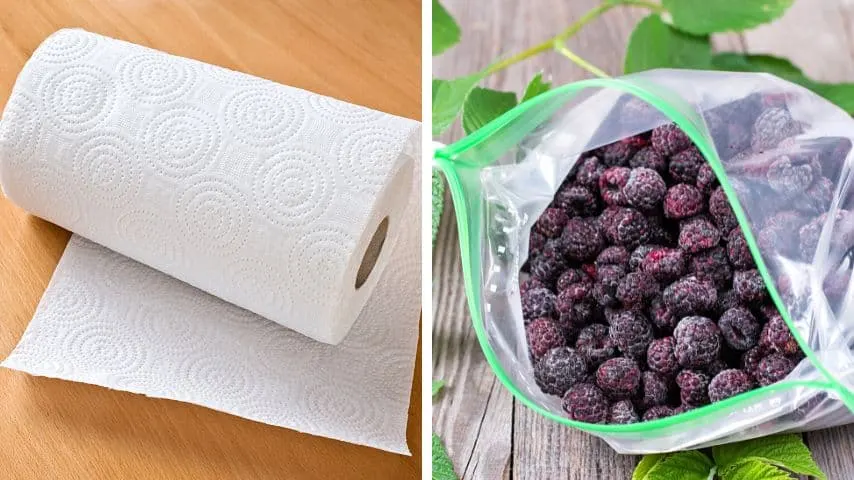
To germinate the seeds in a pot, you’ll need a small pot for each seed and potting mix. You can choose a sterile soil mix designed for citrus plants.
You may also use a mix of peat, perlite, and vermiculite.
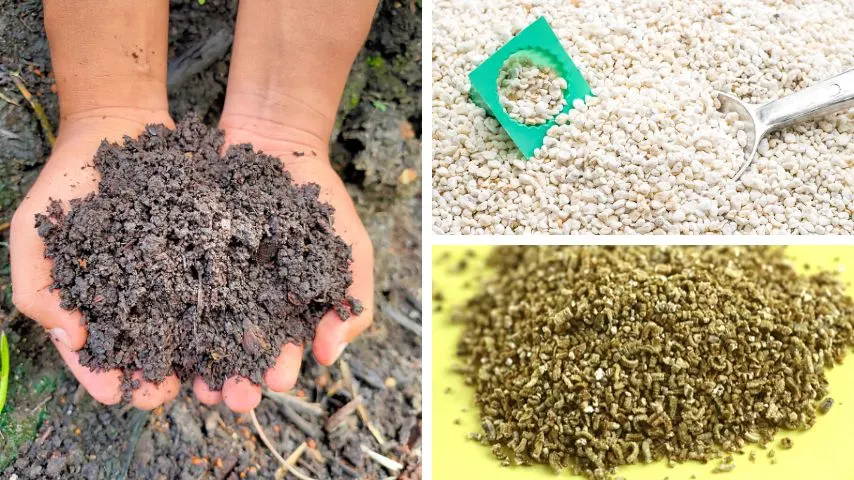
2. Gathering Lemon Seeds
The easiest way to gather lemon seeds is to enjoy a lemon. Choose an organic lemon for the best results. Remove the seeds from the lemon.
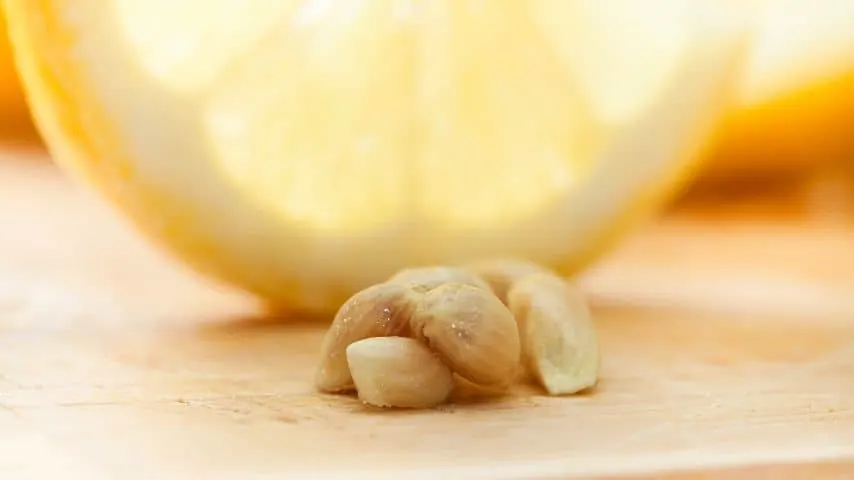
You can also buy lemon seeds from a store or online retailer. This allows you to choose the variety of lemon seeds you prefer.
When selecting seeds, look for large plump seeds. Avoid shriveled or small seeds, as well as any with white spots.
You’ll need 5 to 10 seeds for each lemon tree you want to grow.
3. Soak Them in Water
Once you’ve removed the lemon seeds or purchased them, soak them in a cup of water overnight.
You’ll want to have several seeds for every lemon tree you plan to grow. Not all seeds will germinate, so having extra seeds is an insurance policy.
This is important. If you allow the seeds to dry, they will not germinate.
4. Preparing Seeds for Germination
To prepare the seeds for germination, you’ll need to remove the outer gel coating from the seed. You can suck the seeds or rinse them with cold water.
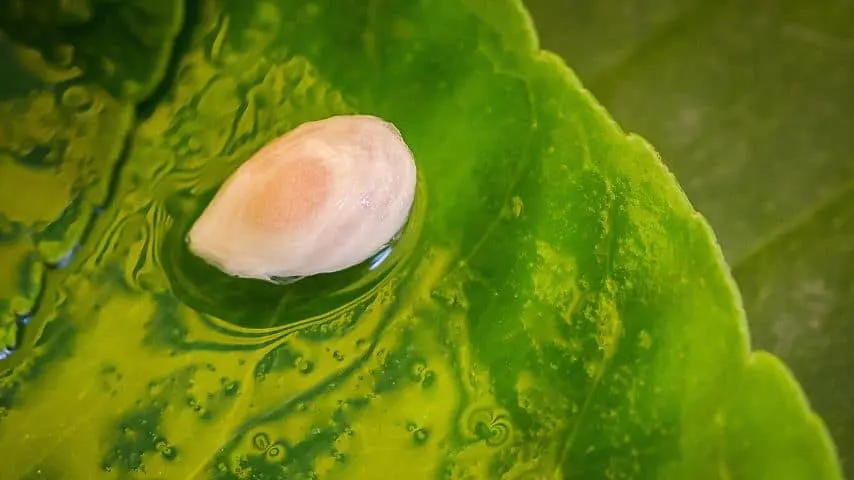
You can remove the white outer coating from the seed. This isn’t required, but it does help speed up the germination process. Start with the pointed end.
If it is difficult to peel, you can get it started with a knife. Just be careful not to damage the seeds.
5. Germinating with a Paper Towel
To germinate the seeds with a paper towel, moisten the paper towel. Then, lay it flat on hard surfaces like a table.
Spacing the seeds 3 to 4 inches apart, put them on a paper towel. This gives the seeds room to germinate and prevents their roots from tangling.
Then, place the seed-laden paper towel in the Ziploc bag, making sure to seal it. This keeps the moisture from the paper towel inside the bag, which keeps the seeds moist.
6. Keep Them Warm and Dark
Keep the bag of seeds in an area that is warm and dark. They shouldn’t be exposed to light during this stage.
7. Watch and Wait
Now, it’s time to watch and wait. It typically takes the seeds 2 to 4 weeks to germinate.
They are ready to plant when you see the roots are 1.5 to 2 inches tall.
While they are germinating, be sure the paper towel stays moist. If it looks dry, you can mist the paper towel with water.
Grow Lemon Trees From Seeds in Pots
To germinate seeds in pots, you’ll need to prepare the pots and then plant the seeds.
1. Preparing Pots
Germination pots should be 3 to 4 inches. Prepare your pots first. Each pot should be filled with potting mix.
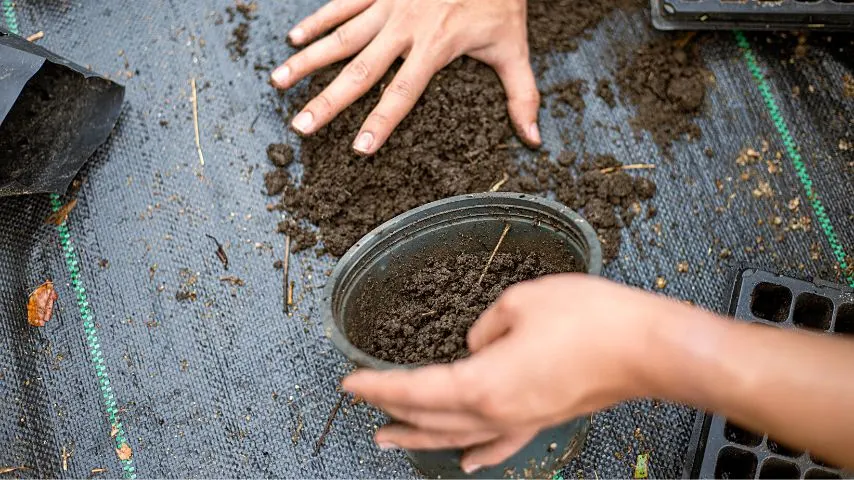
Store-bought potting mix for citrus plants is the simplest method. If you choose to make your mix, you’ll mix peat, perlite, and vermiculite. You can also add organic fertilizer.
Once you’ve soaked and cleaned the seeds, they are ready to plant.
2. Plant Lemon Seeds
Plant the seeds in the soil, about 1 inch down. Be sure to put the pointy end of the seed down. Pack the soil around the seed lightly. If it’s too tightly compacted, it can prevent the seeds from germinating.
Once they are planted, moisten the soil.
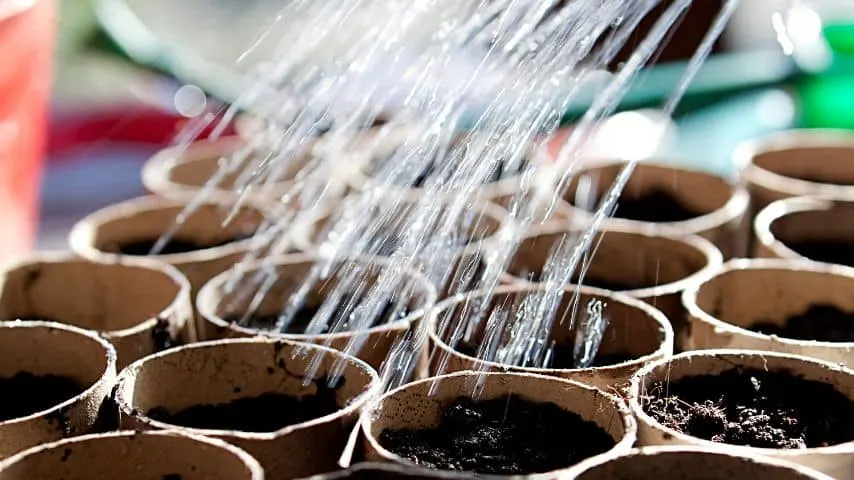
3. Cover and Place the Pots
Cover the pots with plastic wrap. This helps to keep the moisture and warmth in the pot. Poking a few holes in the wrap aids in ventilation.
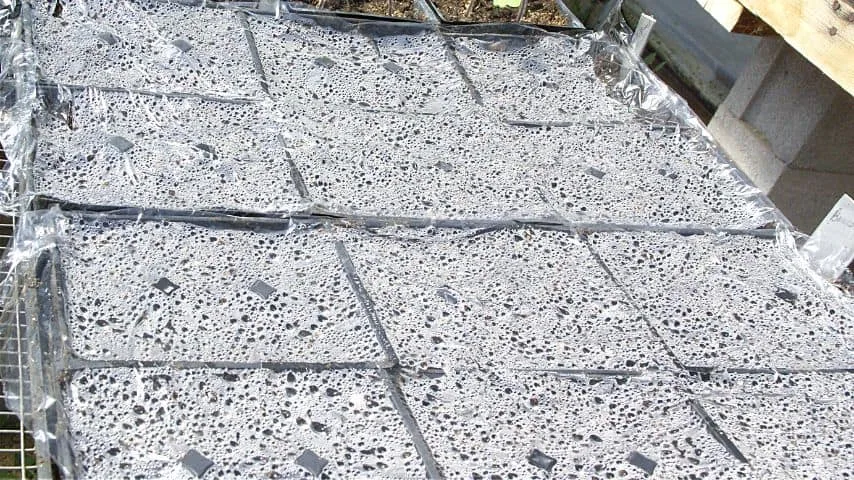
Now, you’re ready to place the pots in an area where they will be warm and get sunlight.
Just make sure the soil’s moist and not too wet. Once the lemon seedlings have grown 4 or 5 leaves, you can start watering them once the first inch of soil is dry.
It can take six years and 20 inches of growth (50cm) until your tree will produce citrus fruits.
Indoor Lemon Tree Care — What it Takes To Grow A Lemon
A lemon tree grown indoors needs the following care.
Soil
Use well-draining soil. Citrus soil or a potting mix for palms is ideal.
The pH should be between 6-7, according to the Department of Primary Industries.
Watering
Water a lemon tree once every week on average. Wait for the soil’s top 3 inches to almost dry up (7.5cm).
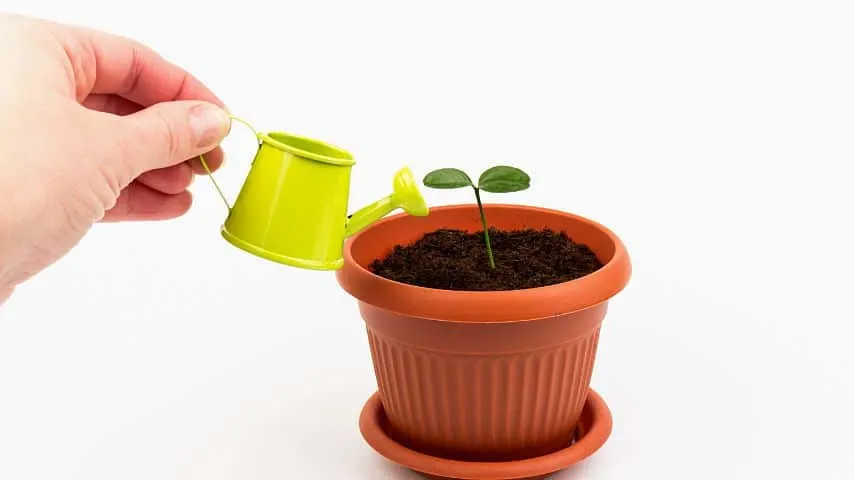
Water thoroughly your lemon tree until you see the water draining from its pot. If the soil’s still wet, do not water it.
Light
Bright direct light. At least 7 hours of full sunlight daily.
Using a grow light can also be done if needed.
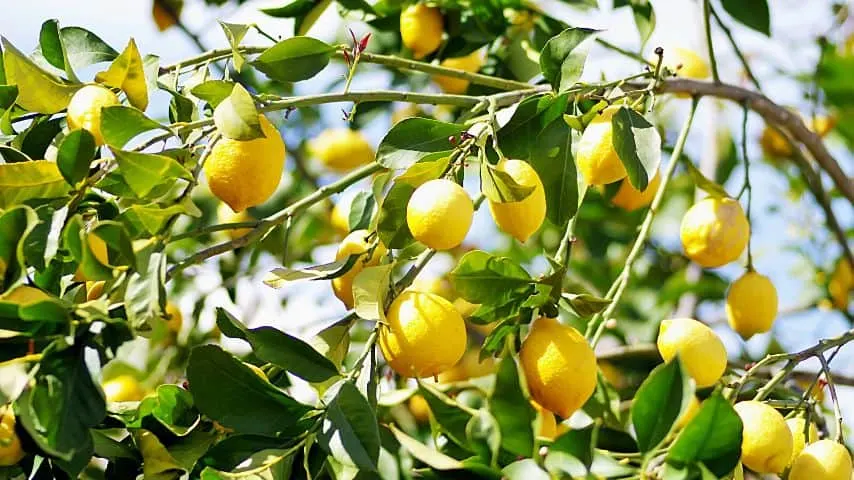
Temperature
The ideal temperature is 77-86°F (25-30°C). Ensure temperatures do not fall below 50°F (10°C).
Humidity
A humidity of around 50% is optimal.
Fertilizer
Use a well-balanced fertilizer with NPK 10-10-10 or 20-20-20 monthly in the growing season. The growing season is spring and summer.
Frequently Asked Questions
Are lemon seeds easy to germinate?
Lemon seeds are easy to grow from seed. Prepare at least 10 seeds, separating them from the pulp. Rinse the seeds in cold water first. Then put the seeds in a paper towel you have soaked with water before placing them in a Ziploc bag. Wait for the lemon seeds to sprout.
How long do lemon seeds germinate?
You’ll see sprouts within 5 to 7 days. Lemon seeds take a few weeks for them to germinate completely. You’ll see tiny roots, which will grow longer in time.
Final Thoughts on Germinating Lemon Seeds
Germinating lemon seeds is a bit of a gamble because they won’t all germinate. Choose seeds that are large.
You may notice that your seeds do not look all the same. Get at least 5-10 seeds to ensure you’ll be successful.
Then, soak a paper towel, putting it on a flat surface. Then, put the seeds into the towel.
After which, place the seed-laden paper towel into a plastic bag. Close the bag and put it in a bright and warm spot.

Daniel has been a plant enthusiast for over 20 years. He owns hundreds of houseplants and prepares for the chili growing seasons yearly with great anticipation. His favorite plants are plant species in the Araceae family, such as Monstera, Philodendron, and Anthurium. He also loves gardening and is growing hot peppers, tomatoes, and many more vegetables.

